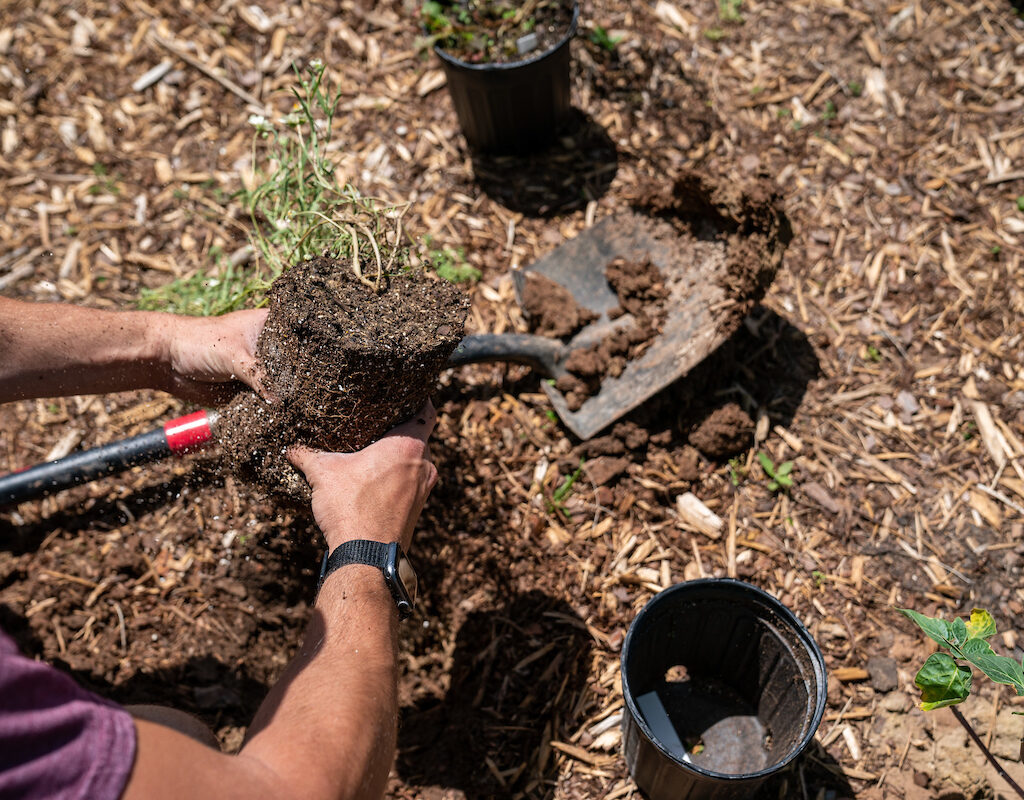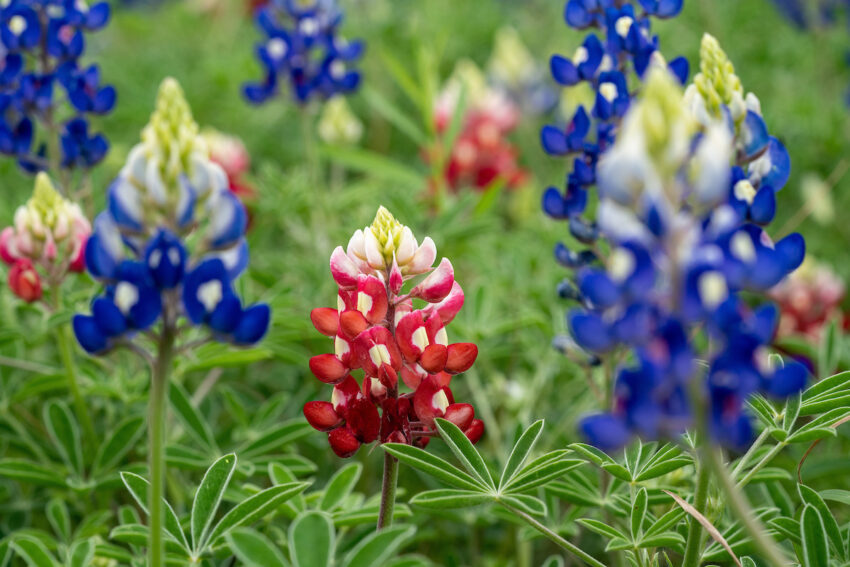Landscaping
We offer landscaping education, workshops and instruction ranging from what trees, plants and grasses work best in various landscape designs to front and backyard landscaping ideas. From native landscaping to xeriscapes and reduction of water usage, Texans have a range of resources designed for all yards across the state.
Related Departments: Horticultural Sciences, Soil and Crop Sciences

Texas Superstar Plants

Learn About
Landscaping
Publications
Programs
Courses
All Resources on Landscaping
- Publication
Use this checklist on fertilization to make your lawn healthy and attractive while minimizing the costs and damage to the environment. (3 pages)
- Publication
This 2-page factsheet describes the three methods for establishing cool-season annual grasses.
- Publication
This publication explains how to keep a bermudagrass lawn healthy and attractive with tips on: Mowing Fertilizing Watering Controlling weeds Insects and thatch Eliminating compacted soil. (4 pages)
- Publication
This 5-page publication offers information on selecting the most suitable variety of bermudagrass; preparing the land; planting seed, sprigs, stolons, or tops; renovating bermudagrass fields; and managing and harvesting the crop.
- Publication
As costs increase for fuel, fertilizer, and equipment for introduced grasses in pastures, native forages are becoming more economical for ranches. Native grasses benefit wildlife also. This publication provides guidelines for restoring native grasslands in the Middle Trinity River Basin. (16 pages)
- Publication
As Conservation Reserve Program (CRP) contracts begin to expire, landowners must decide to re-enroll the land in the program, convert it back to crops or leave it in permanent cover for grazing and for wildlife. This publication is one of a series exploring those options.
- Publication
When contracts for the Conservation Reserve Program expire, landowners must find profitable ways to manage their properties. These management decisions affect wildlife and habitat. Former CRP land can be returned to crop or livestock production and still be managed to benefit wildlife, and wildlife enterprises themselves can be viable options. (4 Pages)
- Publication
Honey locust is a dense, thorny tree that is native to Texas. This Brush Busters publication offers a three-step method for the control of honey locusts. (2 pages)
- Publication
Woody plants are vital to most Texas rangelands. However, if left uncontrolled, they can interfere with livestock and wildlife. This Brush Busters publication discusses how to control various types of woody plants with spray treatments. (2 pages)
- Publication
A preemergence herbicide is an herbicide that is designed to control weeds by interfering with seedling emergence following germination. They are commonly referred to in the lawn care industry as "weed preventers," and essentially form a protective barrier on your lawn during critical seasons when weeds are most actively germinating. This fact sheet discusses the […]